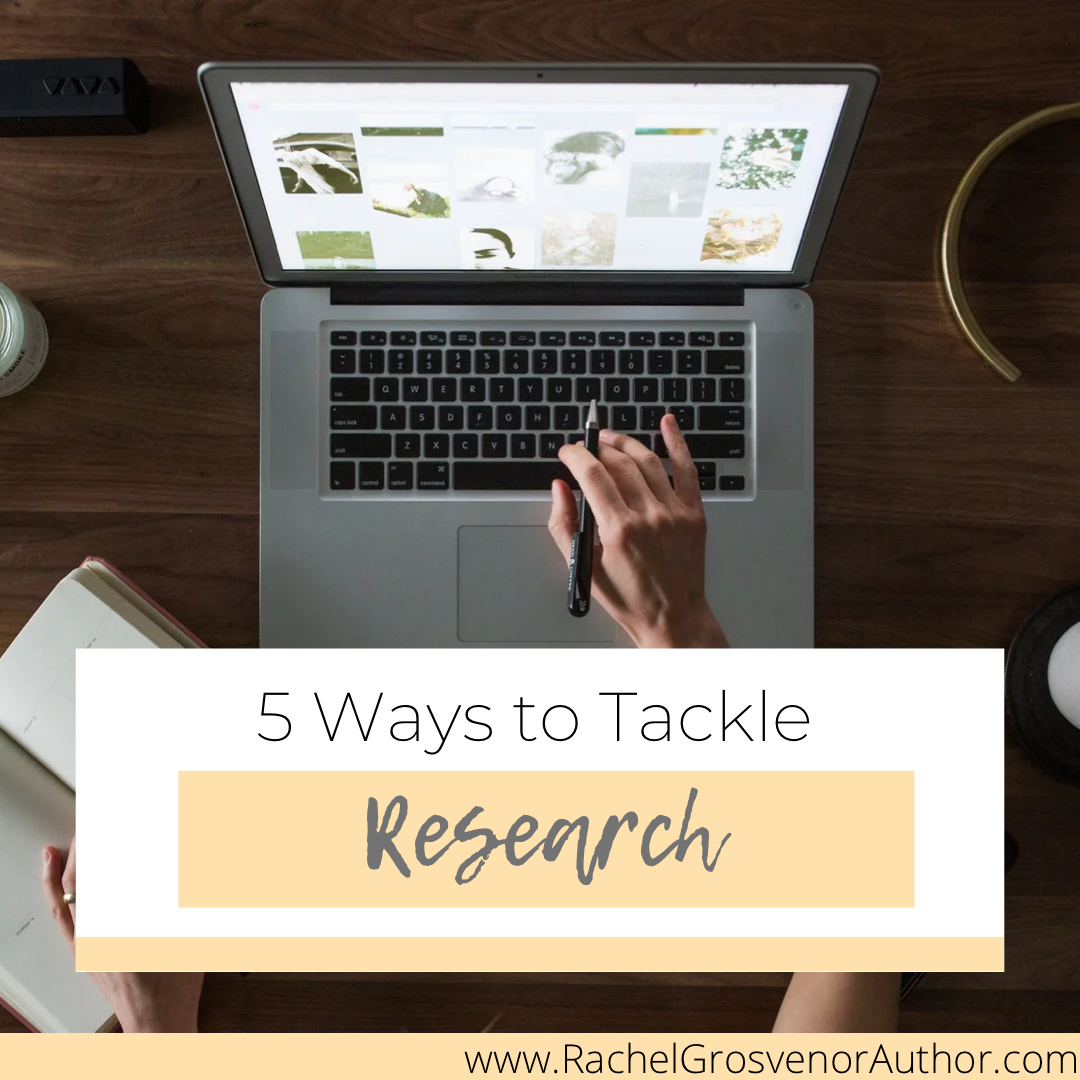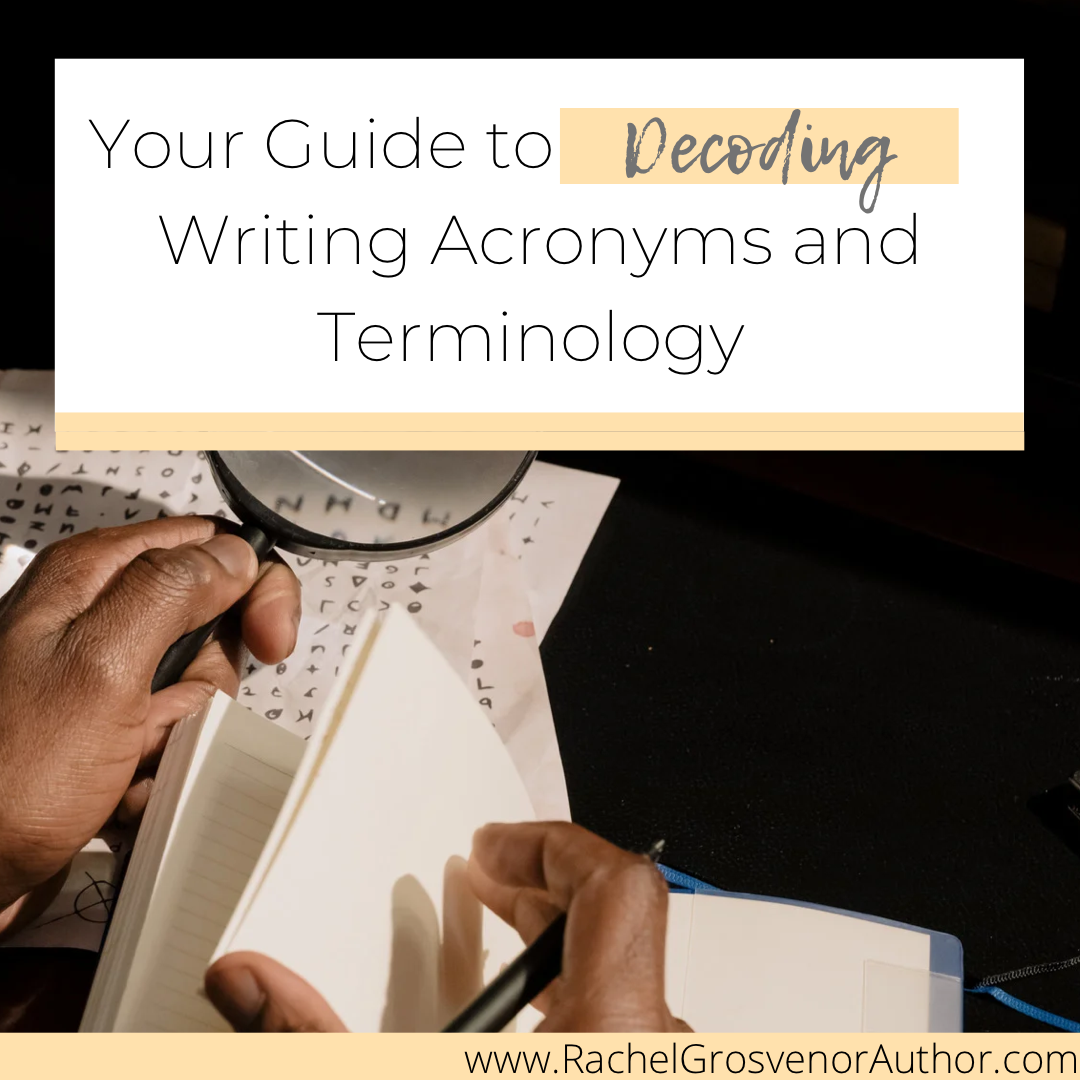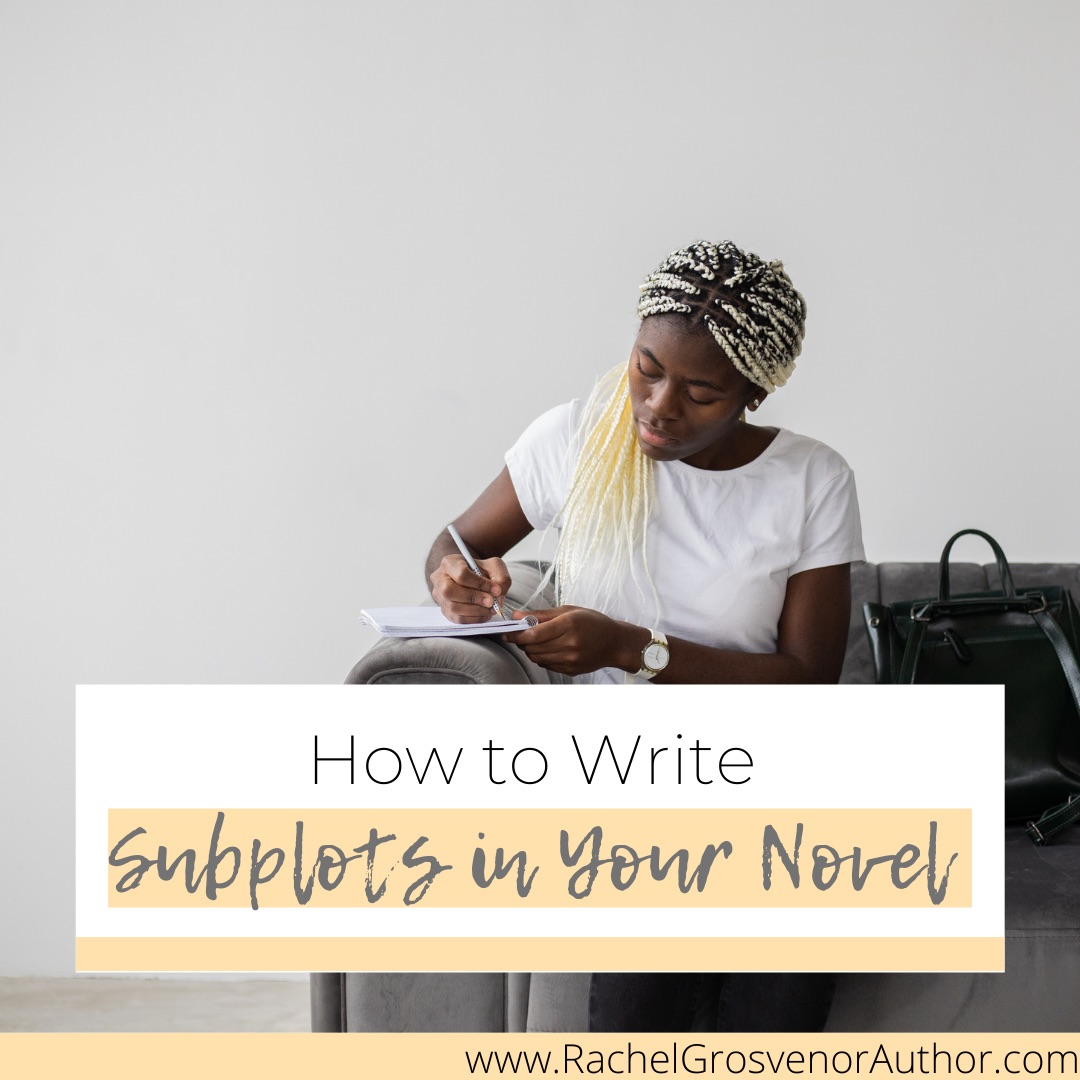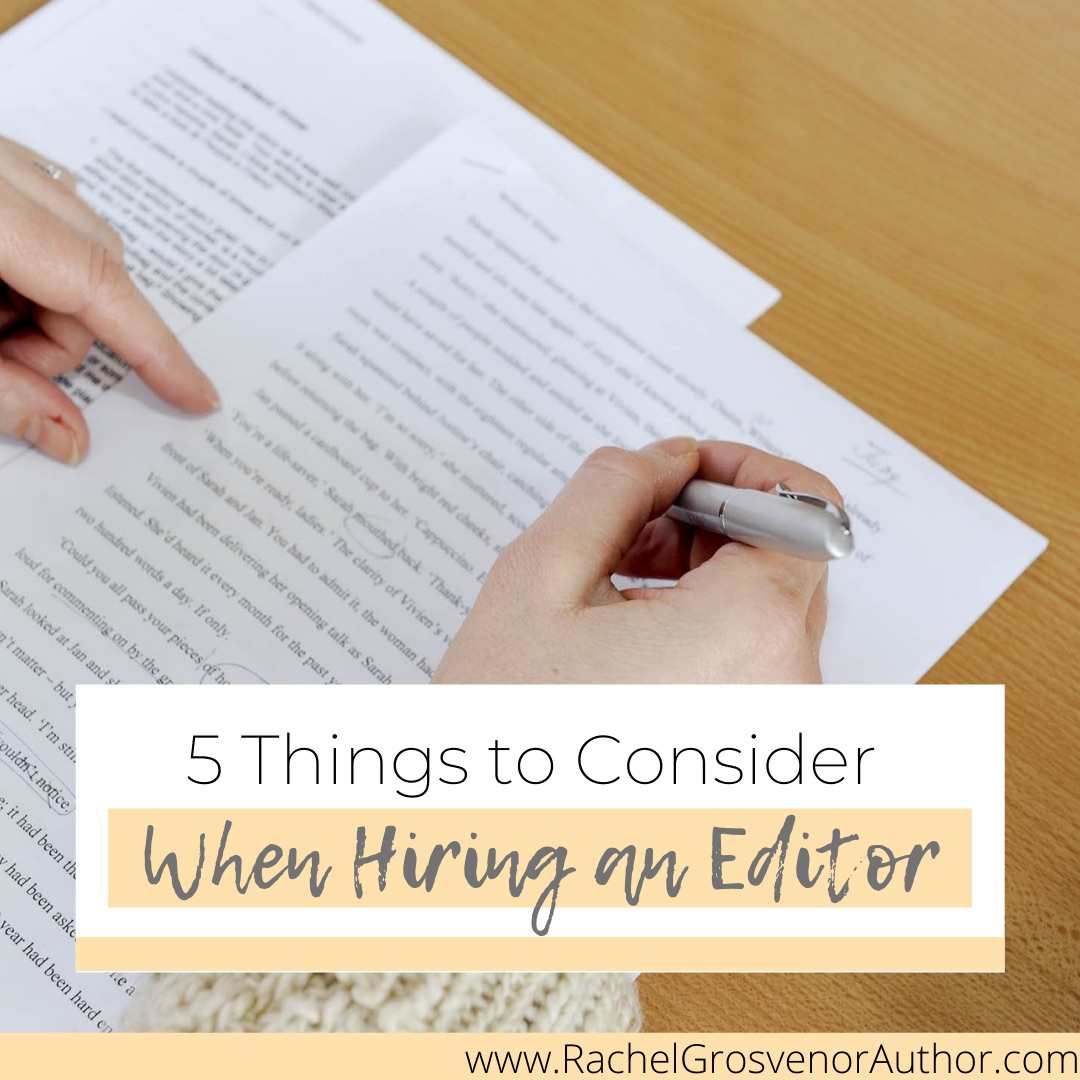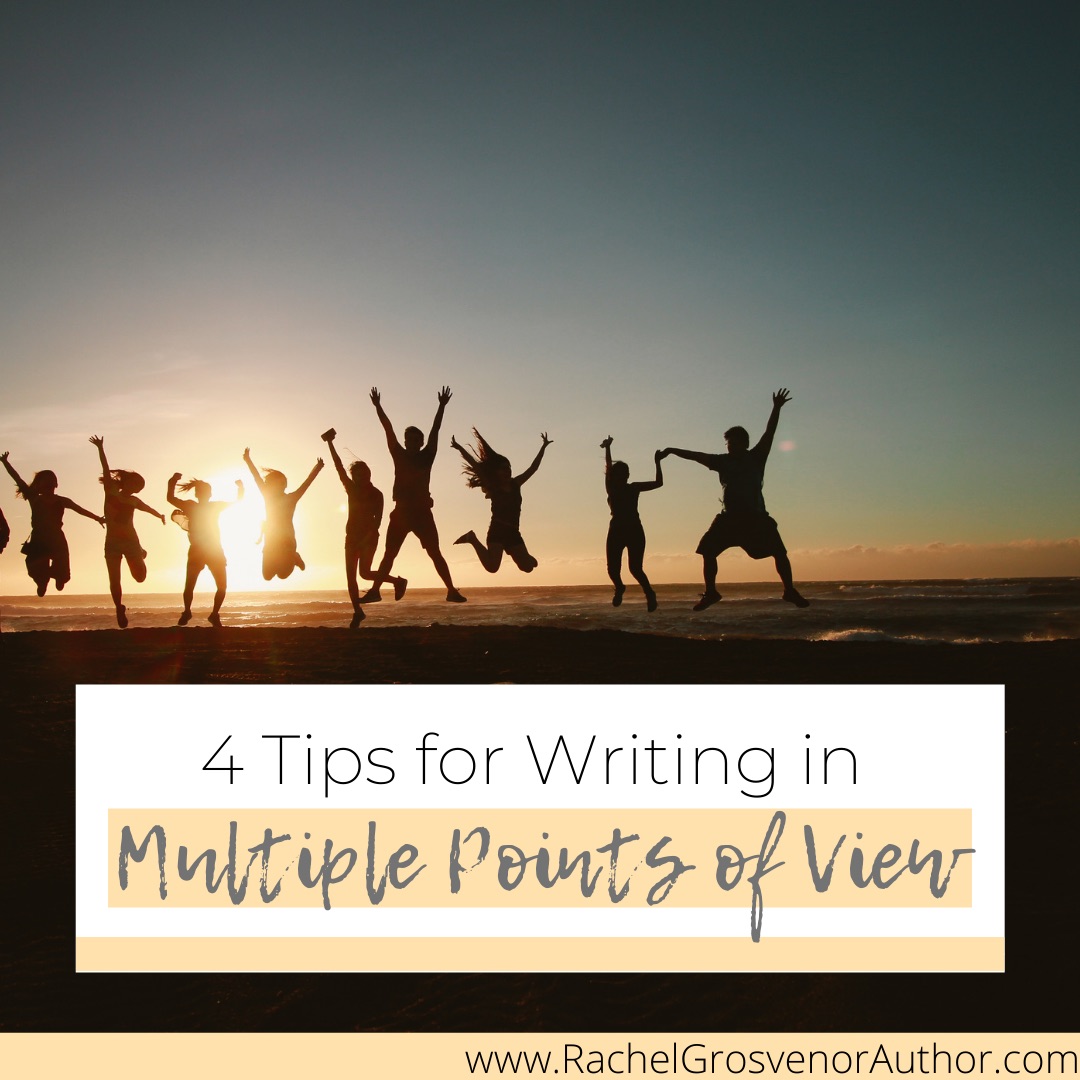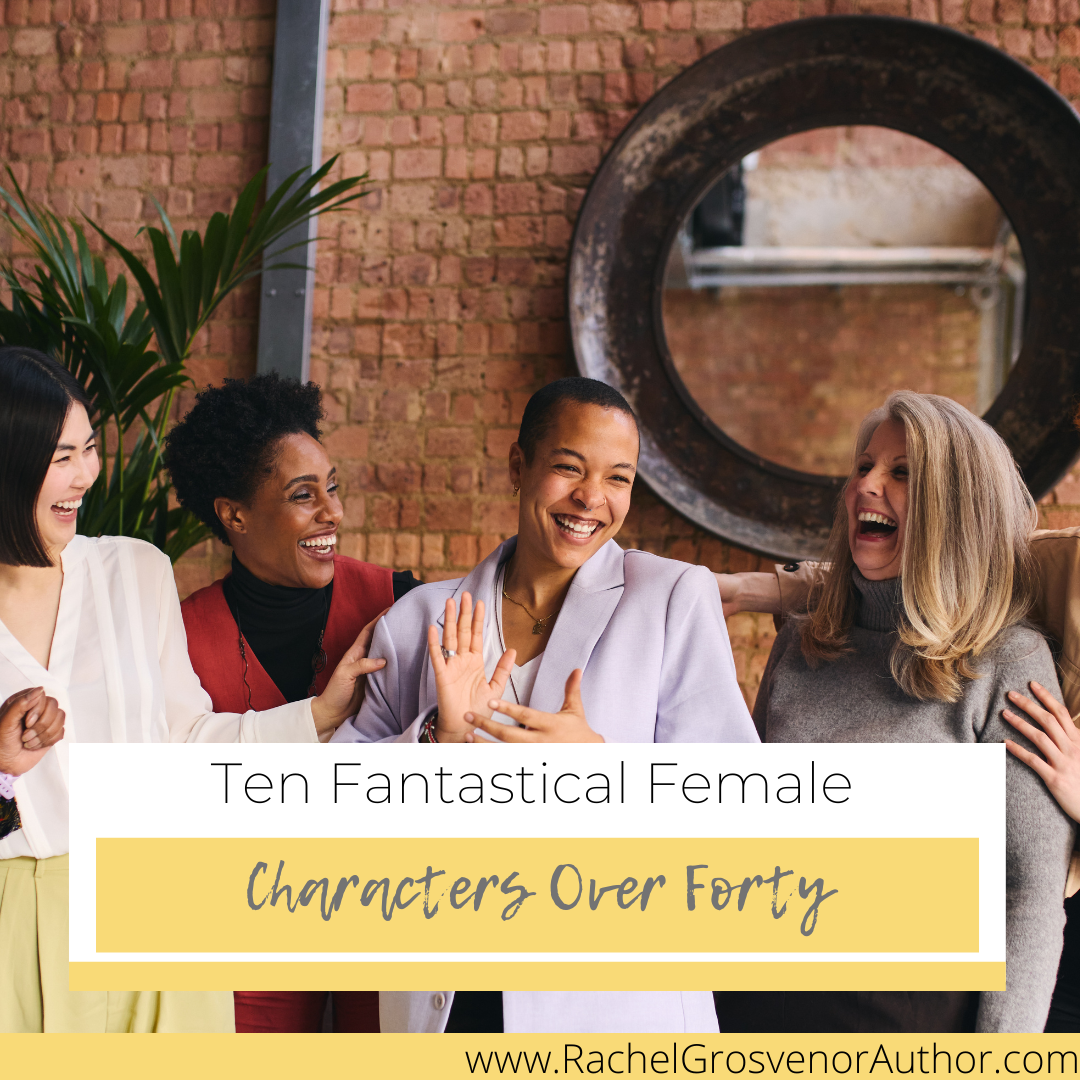Research is a significant part of being a writer. Whether you are writing historical fiction, fantasy, romance – there will always be an element of research that needs to be done. So, aside from using the Google search box, how can you tackle the research part of your book? Read on for five ways!
1) Experience.
Sometimes people trip up on the advice to write what you know, believing that you should write only about your life. However, this means that you should draw from experience to add realism to your work. So, how can you do this? From cooking the meals that your character eats (I enjoyed making son-of-a-gun stew recently, straight from my novel) to visiting a place you are writing about, there are many ways to experience research. You could even take a class on the subject at your local library!
2) Ask the experts.
Who do you know that you would consider an expert on a subject you are writing about? Perhaps your childhood friend owns a horse, and your main character uses horseback as their primary method of transport. Why not set up an interview with them? Asking for personal experiences in what you write about can help you develop a realistic storyline and create a world that jumps from the pages.
3) Read.
Read as much as you can – and I don’t just mean non-fiction research type books about your chosen subject. Fiction can also be beneficial for research because it helps you understand the genre and subject you are writing about. You can also use niche magazines to help.
4) Use other forms of media.
I am so grateful for documentaries when I feel tired, but I still want to research my novel. I find that there is nothing more delightful than sitting back with a cup of tea and enjoying a well-informed, fact-based show. I also watch lectures on YouTube, which many universities upload for free. You can find a wealth of information from experts there.
5) Image searches.
Using sites like Pinterest can help with your research too. You might find that you’re a little bit stuck on what you need to research, especially if you haven’t started writing yet. Don’t panic – a search on Pinterest can ignite that creative flame and help you understand where to start, where to continue, and give you ideas for your novel.
How do you research your work, and is there anything you would add to this list? Let me know; I would love to hear from you.
Want to chat about researching? Get in touch here.

